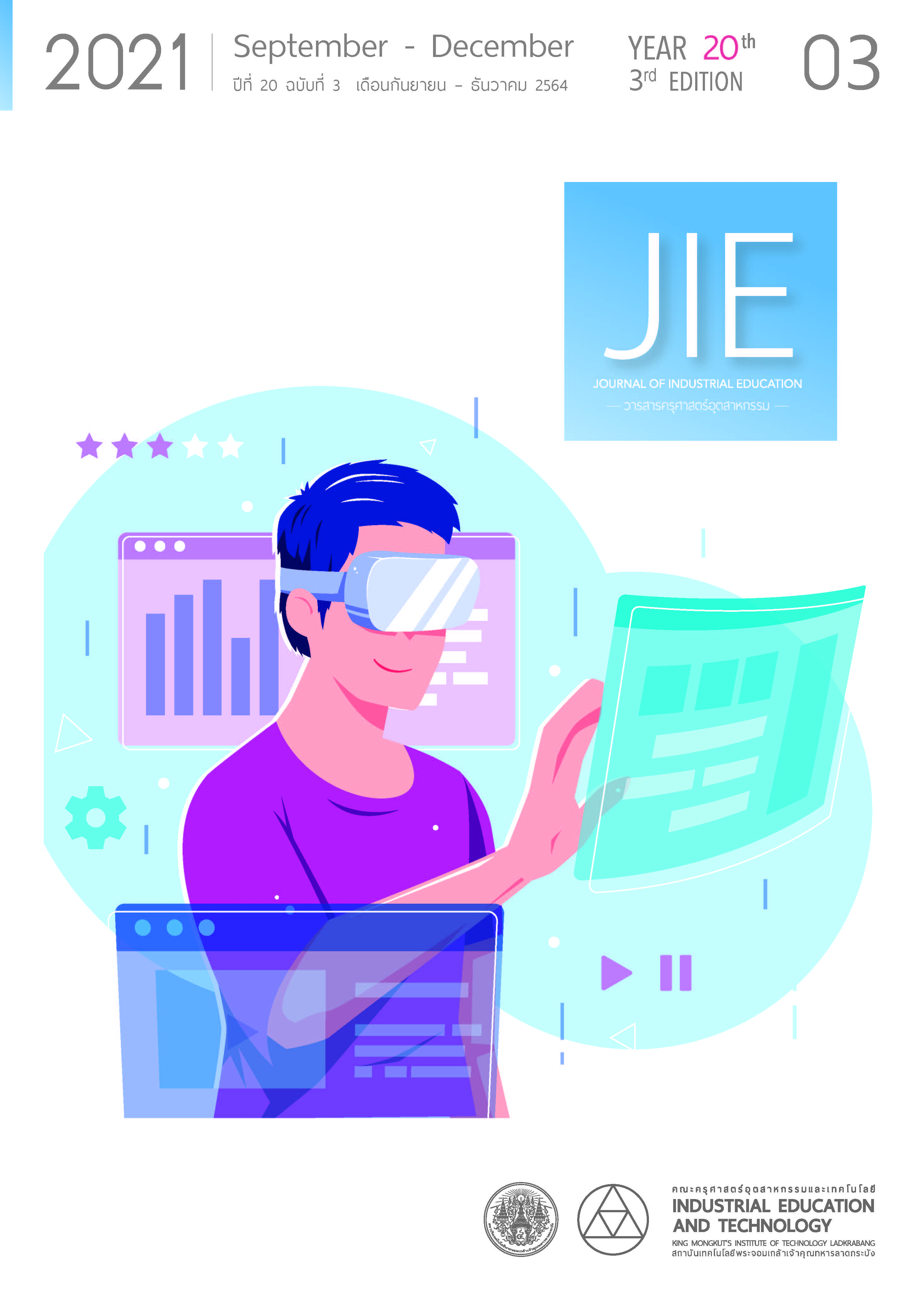USING COMPUTER ASSISTED INSTRUCTION ONLINE SYSTEM ON HANYU PINYIN FOR THE BASIC CHINESE LANGUAGE DEVELOPMENT
Keywords:
Computer Assisted Instruction Online System, Hanyu Pinyin, Achievement, SatisfactionAbstract
The Computer Assisted Instruction (CAI) program on Hanyu Pinyin was created for beginners of Chinese to develop the knowledge about compound word and pronounce Chinese phonetic symbols independently. The objectives of this study were 1) to develop the Computer Assisted Instruction (CAI) program on Hanyu Pinyin based on the efficiency criterion of 80/80, 2) to compare the performance of the students’ Hanyu Pinyin achievement before and after learning with the program CAI, and 3) to find out whether or not students were satisfied with the computer-assisted instruction program. By using purposive sampling for this study, there were selected 15 students studying Chinese I in the first semester of the academic year 2021 at Prince of Songkla University, Surat Thani Campus. The research instruments were a a five-chapter program CAI, a Mandarin Chinese Phonetic Test (Pinyin), a pre-test and a post-test, and a questionnaire on the students' satisfaction with learning through the program CAI. The statistics used for data analysis were percentage, mean, standard deviation, E1/E2, and t-test. The research results showed that the efficiency of the program CAI on Hanyu Pinyin was 88.02/80.15. The students' knowledge of Hanyu Pinyin after learning through the program CAI was significantly higher than before learning .05 and the students were satisfied with the program CAI on Hanyu Pinyin at a high level ( = 4.47). The students had interactions with the program and were able to control it themselves easily. Moreover, there were ongoing tests that reflected the achievement scores of the students, and the result was expressed as a percentage of correct pronunciation. Therefore, the students had more motivations in learning which they comprehended the lessons better and they had positive attitudes towards the lessons.
References
Wasinanon, N. (2016). “The Study of Thailand’s Systematic Chinese Teaching Management if Higher Education.” Chinese Studies Journal Kasetsart University. 9(2), 275-287. (in Thai)
Patamaphadungsak, S. (2013). Chinese for Communication. Bangkok: MAC EDUCATION. 4-5. (in Thai)
Suphasa, T., & Qi, X. (2017). “Error Analysis In Chinese Pronunciation of Business Chinese Students, International College, Chiang Mai Rajabhat University.” Journal of Graduate Research. 8(1), 120-123. (in Thai)
Wansinthop, S. (2011). “Factors Affecting the HCU Chinese Major and Traditional Chinese Medicine Students’ Productions of the Chinese Consonant sounds, Vowel, and Tones.” HCU Journal of Health Science. 14(28), 100-107. (in Thai)
Khlaisang, J. (2018). Ubiquitous Technology Enhanced Learning: The Outcome-Based Learning Design for 21st Century Learners. Bangkok: Chulalongkorn University Printing House. 7-15. (in Thai)
Lao-ha-charad-sang, T. T. (1998). Computer Assisted Teaching. Bangkok: Wongkamol Production. 7-10. (in Thai)
Torut, B. (2000). “Computer-Assisted Language Learning: An Overview.” Silpakorn University International Journal. 1(1), 130-153.
Liu, J. (2009). “The integration of CALL to vocabulary teaching and learning.” US-China Foreign Language Journal. 7(1), 60-64.
Pariyawatid, P. (2015). “Effecting Augmented Reality Code of Chinese Vocabularies Lesson for Grade 3 Students at Tessaban 2 Wattaninarasamosorn School.” Master’s thesis, Education in Educational Technology and Communications, Prince of Songkla University, Pattani, 108-109. (in Thai)
Kammane, T. (2008). Instructional Style. Bangkok: ACTIVE PRINT. 365-368. (in Thai)
Pimpimool, K. A. (2007). Computer Assisted Instruction. Ubon Ratchathani: Ubon Kit Offset Printing House. 44-46. (in Thai)
Thongsalab, M., & Thipatdee, G. (2020). “The Development of English Reading Achievement by Using Computer Assisted Instruction for Sixth Grade Students.” Journal of Roi Et Rajabhat University. 14(2), 96-104. (in Thai)
Kuanhavej, B. (1999). Educational Innovation. Nonthaburi: S. R. PRINTING House. 68-69. (in Thai)
Sridadech, S., Teeraputon, D., & Voravitrattanakul, P. (2018). “The Development of Computer Assisted Instruction to Enhance Listening Skills in Foreign Languages Learning Substance: Myanmar Subject for Language and Communication for Junior Secondary Students.” Journal of Education Naresuan University. 20(4), 206-218. (in Thai)
Downloads
Published
How to Cite
Issue
Section
License
Copyright (c) 2021 Journal of Industrial Education

This work is licensed under a Creative Commons Attribution-NonCommercial-NoDerivatives 4.0 International License.
"The opinions and contents including the words in papers are responsibility by the authors."
"ข้อคิดเห็น เนื้อหา รวมทั้งการใช้ภาษาในบทความถือเป็นความรับผิดชอบของผู้เขียน"



